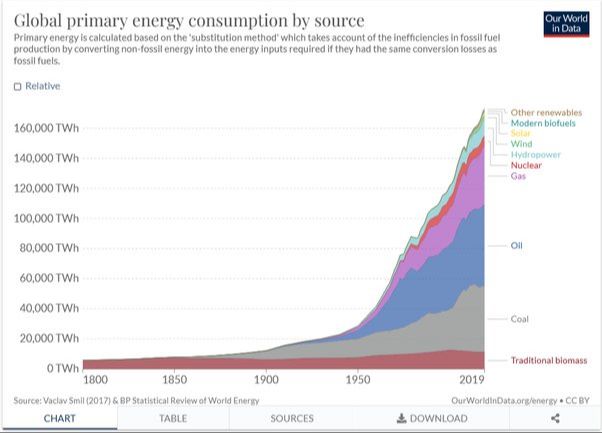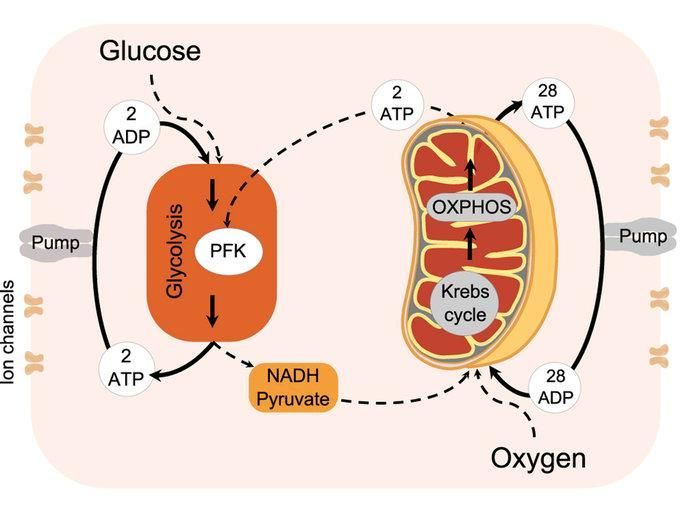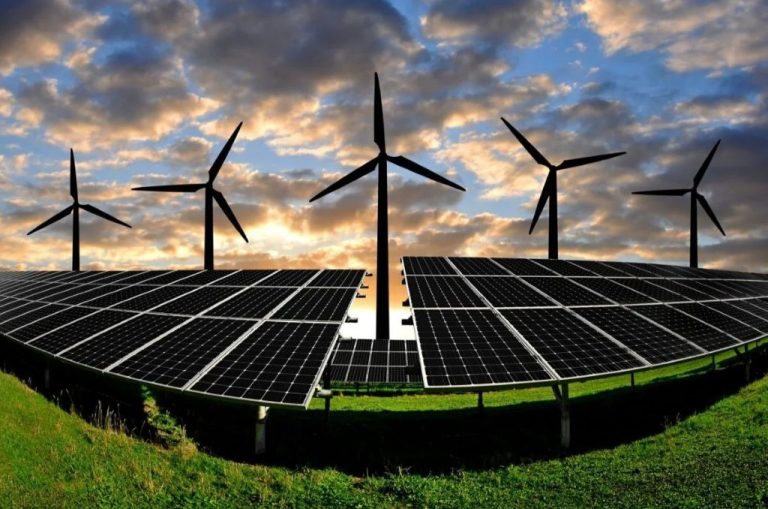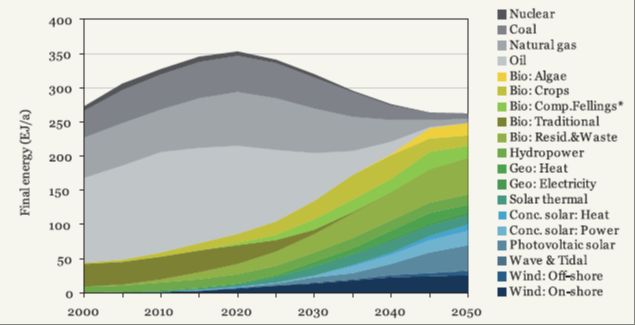Why Is The Debate Over Renewable Energy So Controversial?
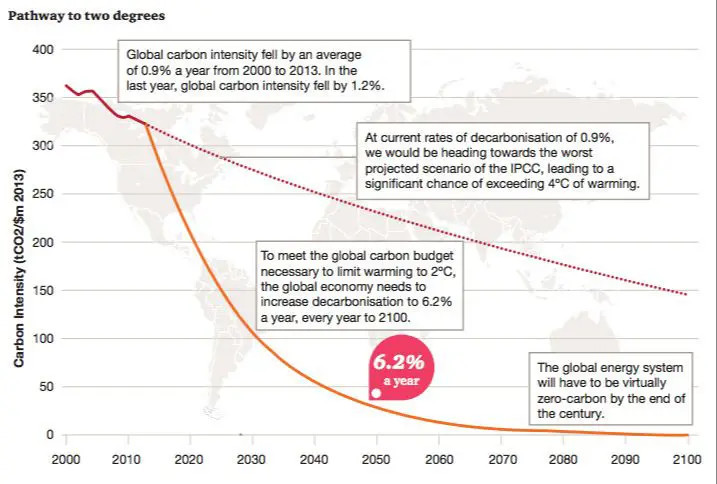
Renewable energy has been a hotly debated topic in recent years. According to the United Nations, renewable energy is derived from natural sources like sunlight, wind, and water that can be replenished faster than they are consumed. Examples include solar, wind, hydroelectric, geothermal, and biomass energy. The Natural Resources Defense Council states that renewable energy comes from constant, natural processes and is considered “clean energy.”
The controversy stems from the costs, reliability, grid integration challenges, and economic impacts of transitioning from fossil fuels to renewable energy on a large scale. There are also political factors and public opinion to consider. However, innovation potential and environmental benefits make renewable energy appealing. This article will provide an in-depth exploration of the debate around renewable energy.
Costs
One major factor in the renewable energy debate is the high upfront capital costs required to build renewable energy projects like wind farms and solar arrays compared to fossil fuel power plants. However, once built, the operating costs of renewables are very low, since the fuel sources of wind and sunlight are free. This contrasts with coal, natural gas, and oil plants that require continual purchasing of fuel. According to a report from the International Renewable Energy Agency (IRENA), the average cost of electricity from solar PV fell by 89% between 2010 and 2021 to $0.049/kWh, nearly one-third the cost of the cheapest new fossil fuel electricity (IRENA). With high fossil fuel prices in 2022, IRENA estimates renewable power added in 2021 is saving around $55 billion globally (IRENA). While the initial investment is larger, over their lifespan renewable energy sources become competitive and can offer greater price stability compared to the volatility of fossil fuel markets.
Reliability
One of the main concerns regarding renewable energy like wind and solar is intermittency – the fact that their power generation fluctuates based on weather conditions and time of day. Some critics argue that the variability of renewables makes the grid unstable and unreliable compared to more consistent sources like fossil fuels and nuclear. However, recent advancements are helping address these challenges.
Improved weather forecasting and modeling tools enable better predictions of renewable output. Grid operators can then schedule other sources like natural gas plants to fill in gaps when needed. Wider geographic distribution of renewables also helps smooth out variability. As one region experiences a lull in wind or sun, others may be peaking. According to a Yale University analysis, a well-connected renewable power system in the U.S. could be highly reliable: “With renewable sources and current technologies, an electric grid that is 80 percent renewably powered is feasible without sacrificing reliability.”1
Advances in energy storage technologies also enable renewable output to be stored and dispatched when needed. Lithium-ion batteries are becoming more common and affordable, while pumped hydro and compressed air provide large-scale storage options. These technologies can bank excess renewable energy and help maintain grid reliability during periods of intermittency. According to the Department of Energy, “Energy storage complements renewable energy technologies like wind and solar by improving system flexibility and making renewables dispatchable.”2
Economic Impacts
The renewable energy industry directly contributes to job creation and economic growth. According to a report by the National Renewable Energy Laboratory, investments in renewable energy lead to more overall U.S. job creation compared to fossil fuel electricity generation (source). Jobs are created in manufacturing, project development, construction, operations, maintenance, and supporting services. In 2020, over 500,000 people worked in the U.S. solar industry alone.
Increased renewable energy generation can lead to lower wholesale electricity prices, reducing costs for consumers. Renewables like solar and wind have very low marginal costs since they don’t require continual fuel purchases. This can lower wholesale electricity prices during periods of high solar and wind generation (source).
High levels of renewable energy adoption may also lead to stranded asset risk for some utilities and power plant owners. As more renewables come online, fossil fuel plants may need to operate less frequently. Some plants could become uneconomic to continue operating, potentially stranding those assets if they become obsolete before the end of their planned lifespan (source).
Political Factors
The debate over renewable energy is often influenced by differing political ideologies and priorities. Many conservatives argue for free market solutions and are wary of government subsidies and incentives for renewable energy like tax credits and loan guarantees [1]. Progressives tend to favor increased government intervention to accelerate the transition away from fossil fuels. There is also disagreement between the two major political parties over issues like a carbon tax.
The fossil fuel industry engages in intensive lobbying efforts to protect its interests. In 2021, the oil, gas, and coal industries spent over $100 million on lobbying [2]. They advocate against policies that would disadvantage fossil fuels or make renewables more competitive. Industry groups also donate heavily to candidates, predominantly Republicans, who support fossil fuel development.
There is concern from some policymakers about potential job losses in fossil fuel communities from a transition to renewables. However, targeted investments and job retraining programs in these areas could build political support according to some experts [3].
Environmental Issues
The transition to renewable energy offers major environmental benefits compared to continued reliance on fossil fuels like coal, oil, and natural gas. According to the Department of Energy, renewable energy sources produce between 90-99% less greenhouse gas emissions than coal-fired power plants (https://www.energy.gov/eere/environmental-impacts-clean-energy). This significant reduction in emissions helps mitigate climate change and reduces air pollution. The Union of Concerned Scientists states that renewable energy could reduce overall U.S. global warming emissions by 80% by 2050 (https://www.ucsusa.org/resources/environmental-impacts-renewable-energy-technologies).
However, renewable energy development also raises environmental concerns regarding land use and habitat. Large solar and wind farms require substantial land areas, which can disrupt ecosystems and wildlife. The extraction of resources needed for renewable technologies like rare earth metals for wind turbines can also damage habitats. Careful siting, mitigation strategies, and advances in technology can help minimize the land use and resource extraction impacts of renewable energy.
Innovation Potential
The renewable energy industry is undergoing rapid innovation and technology advances, creating major opportunities for economic growth. As reported, key innovations like advanced solar cells, smarter wind turbines, green hydrogen production and next-generation batteries are enabling renewable energy to become more efficient and cost-competitive.
Investing in renewable energy R&D stimulates job creation and economic activity. According to the European Investment Bank, scaled-up deployment of offshore wind, hydrogen and battery storage solutions could add $1.6 trillion to global GDP and create over 13 million jobs by 2050. With supportive policies, the renewable sector can become an engine for sustainable growth.
Overall, the pace of innovation makes renewables one of the most dynamic and promising industries worldwide. Harnessing these new technologies will be critical for reducing emissions and building the clean energy systems of the future.
Grid Integration
Integrating renewable energy sources like wind and solar into the electrical grid presents challenges due to their variable and intermittent nature (Renewable Energy-to-Grid Integration, n.d.). The output from these sources can fluctuate based on weather conditions and time of day, making it difficult to perfectly match supply with demand. Significant upgrades and changes to transmission infrastructure may be needed to handle the two-way power flows coming from distributed renewable generation.
More transmission lines are often required to connect remotely located renewable energy sites with load centers. Advanced forecasting of renewable generation, market designs that incentivize flexibility, and technologies like energy storage can help smooth out the variable generation. Substantial investments in smart grid technologies that provide greater visibility and control capabilities for grid operators are also key enablers for integrating higher levels of renewables onto the grid (Grid Integration of Renewable Energy, n.d.).
Public Opinion
While renewable energy has gained more mainstream acceptance in recent years, public opinion remains complex. Surveys show a majority of Americans support transitioning to renewable energy sources like solar and wind power. For example, a 2022 Pew Research poll found 69% believe developing renewables should be a higher priority than expanding fossil fuel production (source). However, concerns persist around costs and aesthetics. Polling in 2023 showed 75-82% in favor of more solar and wind farms, but opposition rises when projects are proposed locally. Public acceptance depends on demonstrating benefits and addressing community concerns.
Conclusion
In the debate over renewable energy, some key controversial aspects have emerged. Costs are higher currently for most renewables compared to fossil fuels, raising concerns about impacts on consumers. Reliability and intermittency are also issues for sources like wind and solar. Integrating high levels of renewables has proven technically challenging in some cases for electricity grids. There are also economic impacts from a shift to renewables that affect certain industries, companies and workers. Political factors come into play as government policies and regulations can strongly influence the development of renewables.
However, the future outlook may bring resolutions to some of these controversies. As technology improves and renewable sources are scaled up, costs are projected to fall and reliability to increase. Better storage solutions and grid modernization can also smooth integration of more renewables. Economic transitions away from fossil fuels will likely happen gradually, allowing time for adjustments. Government policies could incentivize innovation and provide worker retraining to ease the political tensions. Public opinion seems to be shifting more in favor of renewables due to environmental benefits. With thoughtful planning and balanced policies, many of the controversial aspects of renewable energy may fade over time.

